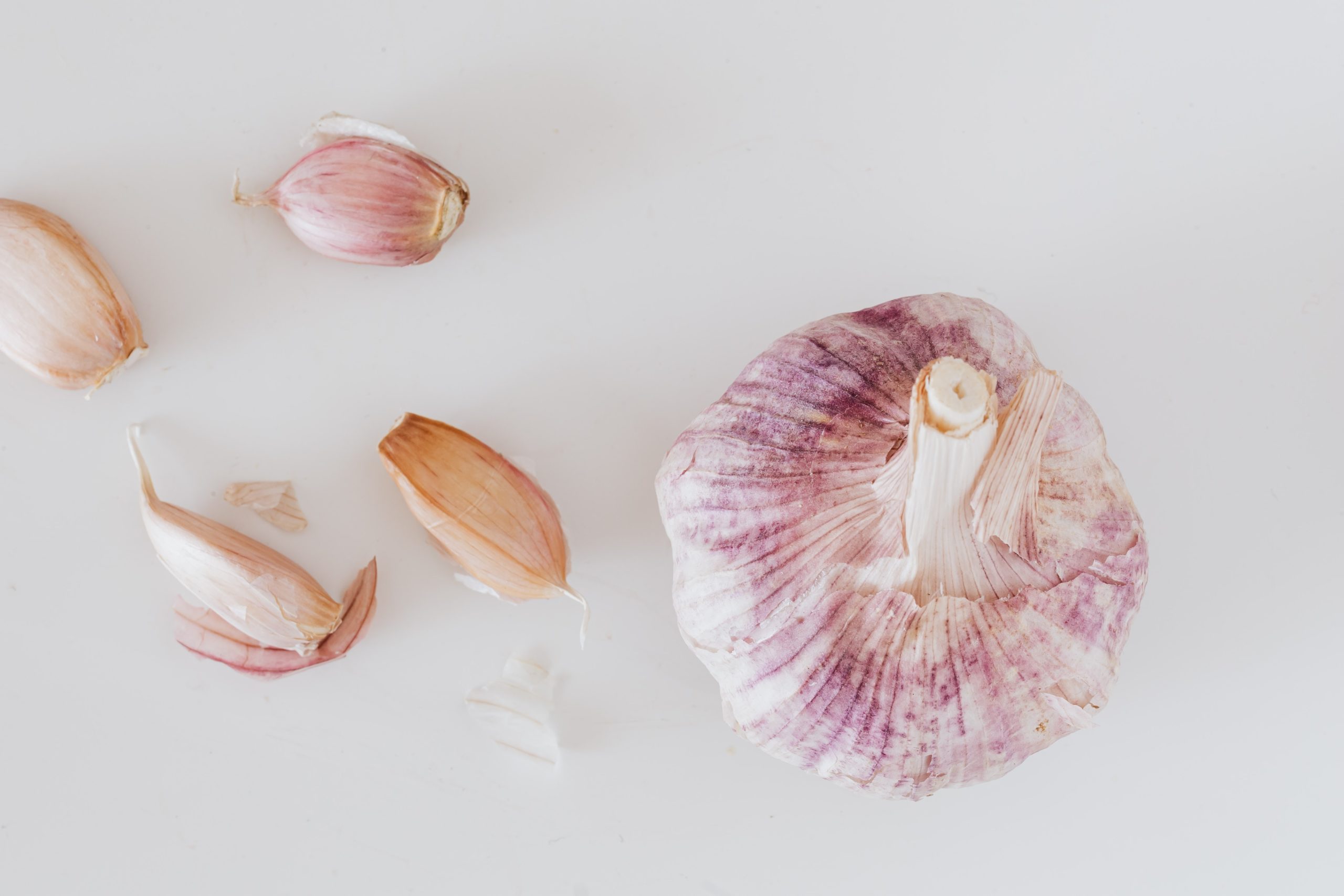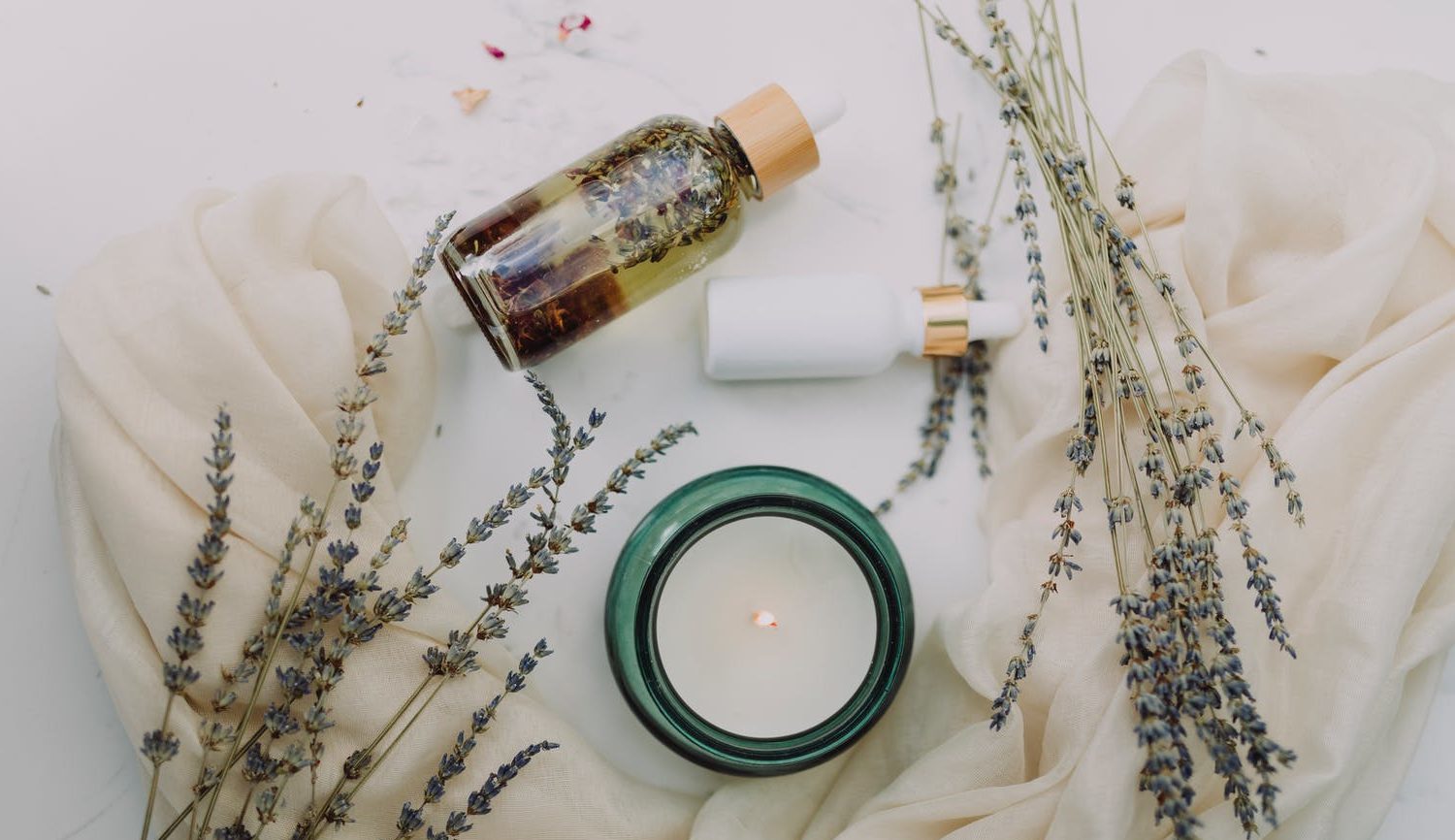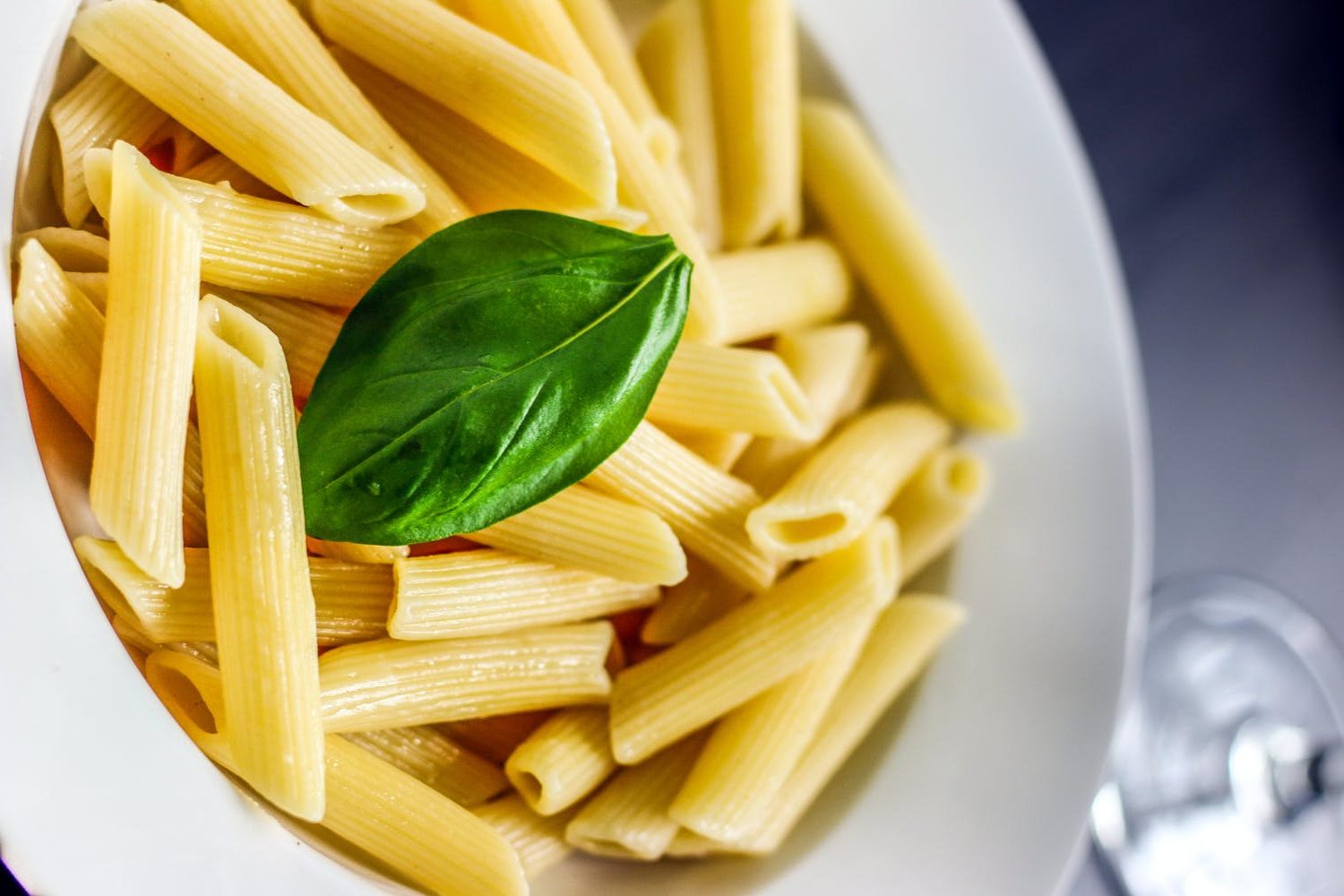Today I’m breaking down all things coffee: the caffeine in coffee, the decaf process, the roasting process, and whether any of this is bad or good for you. There’s honestly so much important info to know, mainly because coffee is something many of us consume on a daily basis, sometimes numerous times a day! When it comes to things like this, it’s a good idea to be aware of what you’re consuming so much of. I’ve actually learned so much from Ben Greenfield’s book, Boundless. He is so so knowledgeable about wellness, so I’m basically going to be summarizing a section from his book on coffee and caffeine and dive deeper into it.
#1: How caffeine works
We have numerous receptors in our body that trigger how we feel; such as feelings like fatigue, happiness, and anxiety. Different things (like chemicals, foods, hormones, etc.) will bind to a receptor and depending on which receptor it is, induce different reactions in our body.
Another thing to consider is that certain compounds and chemicals can have similar structures to naturally occurring chemicals in our body. So with caffeine, it has a similar structure to adenosine (the naturally occurring substance in our body that makes us feel tired). When we ingest caffeine, it basically blocks the adenosine from binding to that receptor, which prevents us from feeling tired. As a result, you feel energized!
The issue arrises with long-term caffeine usage, because it causes the body to compensate by creating more adenosine and adenosine receptors, which means you now need more caffeine to block all of those receptors and feel less tired. Make sense? Furthermore, with these increased levels of caffeine needed, you can experience feelings of anxiety and jitters.
#2: Coffee – roasting & how its made
Coffee contains a chemical called acrylamide (even the highest quality coffee in the world has it)! It’s formed when food is cooked at high temperatures and has been shown to be cancerous in animals. Roasting coffee actually gets rid of the acrylamide, so many coffee companies will over roast it to be safe. However, this can cause a burnt flavor and creates another toxic chemical called Polycyclic Aromatic Hydrocarbons (PAH), which has also been linked to cancer. I know this seems like a lose-lose, but there’s a solution! The best way to avoid both of these? *Medium roast coffee* (see below for links)
Medium roast coffee is going to get rid of acrylamide but also not over-roast it to the point that PAHs are released. Another way to avoid these harmful substances is to find coffee that is made via smokeless roasting. In all honesty, I couldn’t find any coffee brands that do this but if you know of any please let me know in the comments! In the meantime, getting a medium roast is going to be your best friend here.
#3: How to get the positive effects from coffee
Taking a break: Coffee does have positive effects if it’s not overused. Ben Greenfield suggests taking a caffeine break every 4-8 weeks for 7-10 days. You can use decaf coffee during the break (we’ll talk more about the only kind of decaf we should drink below).
L-Theanine: This is an amino acid that the body does not produce, but when L-theanine is taken at dosages of 100-200mg with caffeine intake it can offset the side effects. If you think about matcha, it’s a type of green tea that contains a large concentration of L-theanine and is actually known for its calming effect despite having nearly the same amount of caffeine as a cup of coffee! This is due to L-theanine :)
*One nutrition brand I love – Sakara – actually makes little chocolates that contain L-Theanine in them, so you could basically have one of their little chocolates with a cup of coffee or simply purchase an L-Theanine supplement.
#4: Decaf coffee
The process of decaffeinating coffee usually involves a chemical solvent, in particular methylene chloride and ethyl acetate. So the question you then have to ask yourself is: Is it worth it ingesting chemicals everyday or should you just always stick to caffeine? Well, neither, because there’s a better option!…
One super safe method for decaffeinating coffee is called the Swiss Water Process. The Swiss Water Process uses water to dissolve the caffeine in coffee beans. It’s a very slow process because you also have to prevent losing the flavor in the coffee beans, but the end result is a much cleaner drink! There are numerous Swiss Water Decaf coffees available online (linked some of my favorite below)!
Whenever I’m out, I try to opt for regular coffee with caffeine because I can only assume that most coffee shops probably use a chemical solvent for their decaf. Unless they’re a super healthy cafe that advertises their clean decaffeinating process, it’s unlikely that their coffee beans are treated with the Swiss Water Method. So as always, you do the best you can in situations where you have control (like your house).
In summary, over-consumption of caffeine does have negative effects, but there are many workarounds! You can take supplements to counter the effects, you can drink a medium roast coffee to avoid harmful chemicals, and if you choose decaf you can try to find brands that use the Swiss Water Method. It’s also not a bad idea to get into the habit of making your own coffee at home so you can always be sure to know the quality of the coffee you’re drinking :)
Here’s some amazing brands I found:
Regular (caffeinated):
- Subtle Earth Organic Medium Roast (Low Acid Coffee)
- Amazon Fresh Organic Medium Roast (Fair Trade)
- Tiny Footprint Organic Coffee (For Cold Brew)
- Le Colombe Organic Medium Roast
Decaf (Swiss Water Method):




